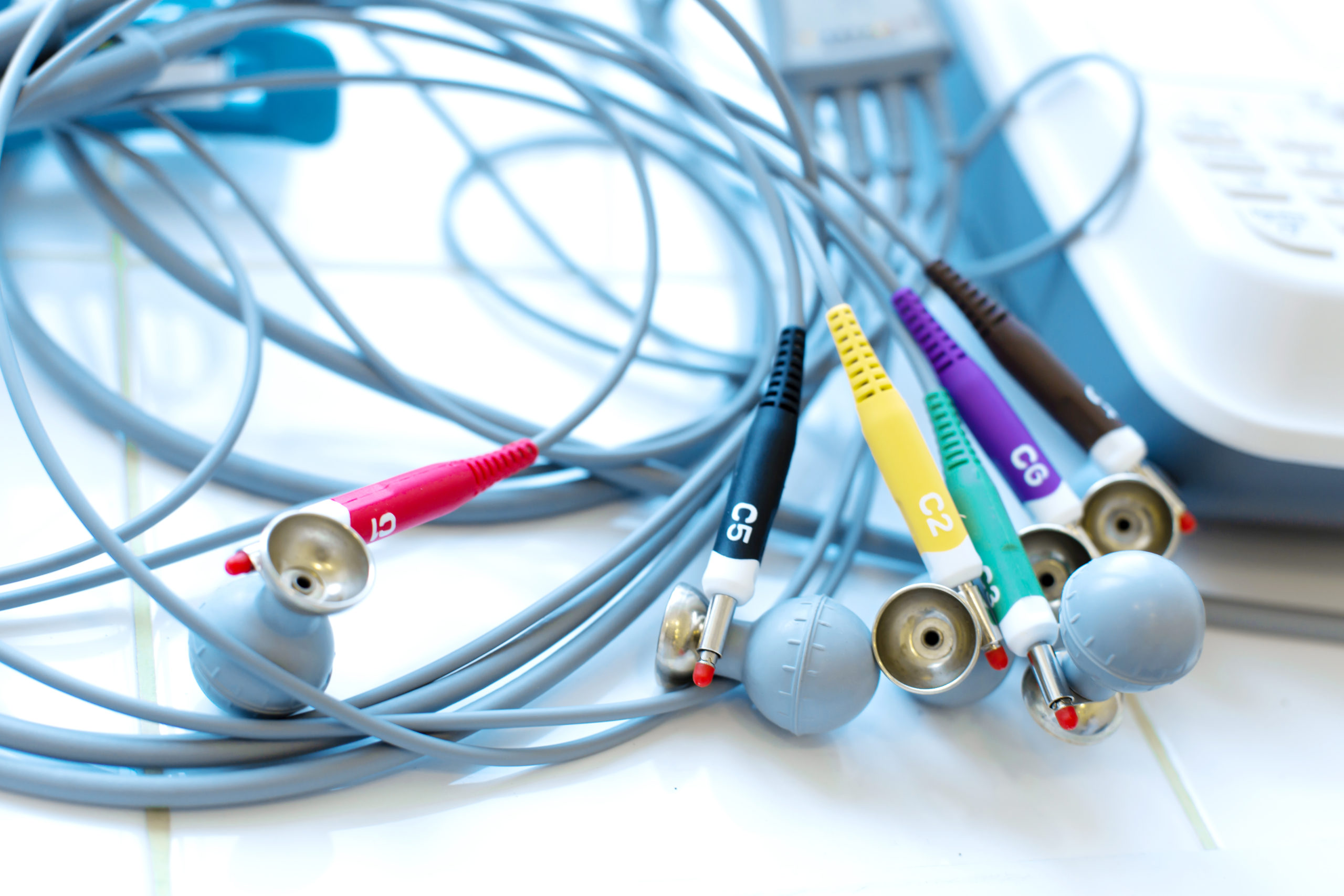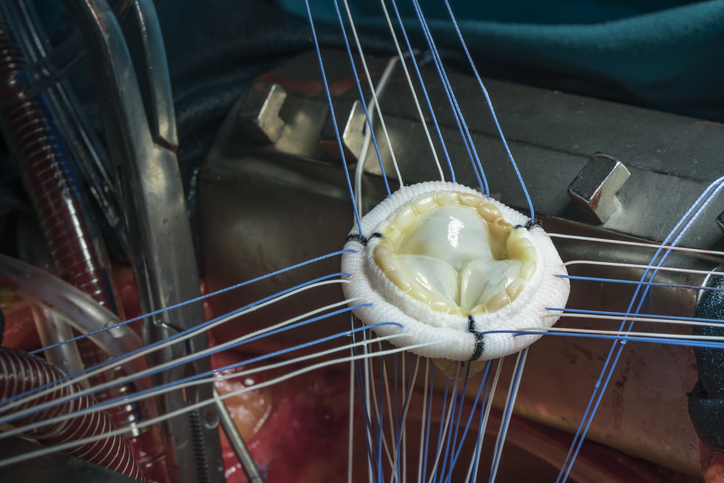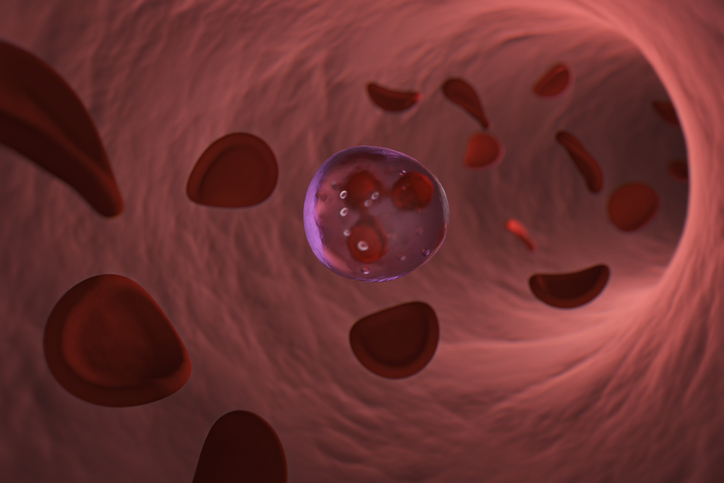
According to a recent study in Catheterization and Cardiovascular Interventions, the actual incidence of postimplant atrial fibrillation (PIAF) after patent foramen ovale closure (PFOc) was “far greater” than published trials have reported, and also was significantly associated with an older age at time of the PFOc procedure.
The study’s lead author, Yamini Krishnamurthy, wrote that published studies have reported a PIAF incidence of 2% to 5.5% after PFOc. The authors suggested that those underestimations were due to only patients presenting with atrial fibrillation being evaluated, while patients with paroxysmal or silent atrial fibrillation would have been missed.
Researchers enrolled 761 patients who underwent PFOc at a single center, among which they identified 35 patients with no history of atrial fibrillation who had an implantable loop recorder (ILR) implemented during a cryptogenic stroke evaluation before undergoing PFOc. Episodes of PIAF were evaluated via patient records.
PIAF After PFOc Via ILR Measurements
According to the authors, the mean duration of ILR monitoring in the 35 patients was 54.6 ± 39.4 weeks after implantation. Atrial fibrillation occurred in 13 (37%) patients. As described above, patients who developed PIAF were older than those who did not (62 ± 11 vs. 52 ± 14 years; p = 0.03). Among the 13 patients who developed atrial fibrillation, 12 patients developed atrial fibrillation within the first four weeks after PFOc, with a heightened frequency around week two and at the conclusion of the 12 week follow-up period. Notably, the authors reported that “the timing of PIAF onset and termination were consistent with a postimplant inflammatory mechanism.”
In closing, the authors noted that the higher actual rate of postimplant atrial fibrillation indicates a relatively low stroke risk in these patients, though they called for larger trials to validate their findings.
Visit the Atrial Fibrillation Knowledge Hub for More Recent Studies







 © 2025 Mashup Media, LLC, a Formedics Property. All Rights Reserved.
© 2025 Mashup Media, LLC, a Formedics Property. All Rights Reserved.